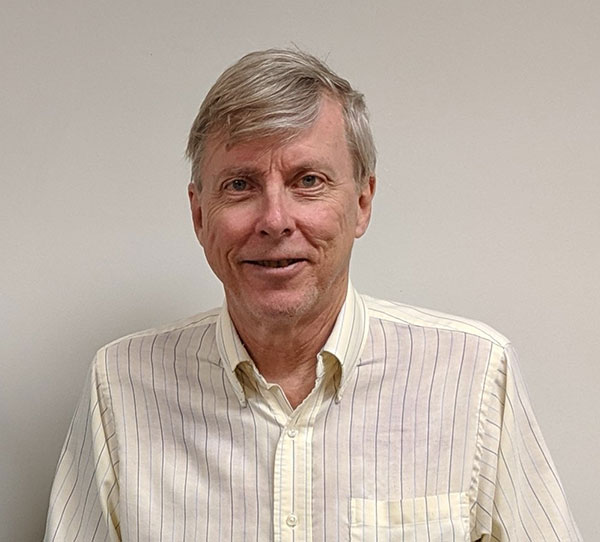About This Webinar
Kevin McCarthy explores recent advancements in motion control technology that improve the image quality, throughput, size, and cost of digital imaging systems. At the heart of many life science and metrology instruments lies an automated digital microscope. The sample — whether a slide, well plate, component, or microfluidic chip — is typically larger than the microscope’s field of view and requires xy sample motion. The features being imaged are very small and require high magnification and numerical aperture. Precise and stable xy sample positioning and z axis focus motion hardware are critical to ensure crisp images. The fundamental decision between the approaches of sequential field (moving between individual fields of view in rapid succession) and time delay integration (TDI) scanning (capturing images while in motion) impacts the choice of camera technology, objective, and motion hardware — all of which McCarthy explores in depth.
***This presentation premiered during the 2021
Photonics Spectra Conference Biomedical track. For information on upcoming Photonics Media events,
see our event calendar here.
About the presenter

Kevin McCarthy is chief technology officer at Dover Motion. With 35 years of experience on over a thousand positioning systems, McCarthy possesses an unparalleled knowledge of all aspects of precision motion, encompassing their structure, guideways, motors, feedback devices, drives, and controls. With a physics and optics background, and years of experience designing solutions in cutting-edge fields, McCarthy brings exceptional context sensitivity to understanding his customer’s underlying needs. He also has extensive knowledge in a variety of ancillary fields, including high vacuum systems, optics, fluidics, microscopy, and advanced metrology. McCarthy collaborates closely with Dover Motion customers to understand their overall system requirements, and works with an engineering team to develop creative, cost-effective solutions that optimally address customers’ needs. He received a B.S. in physics from MIT, and for many years he ran one of the two private companies that now form Dover Motion.